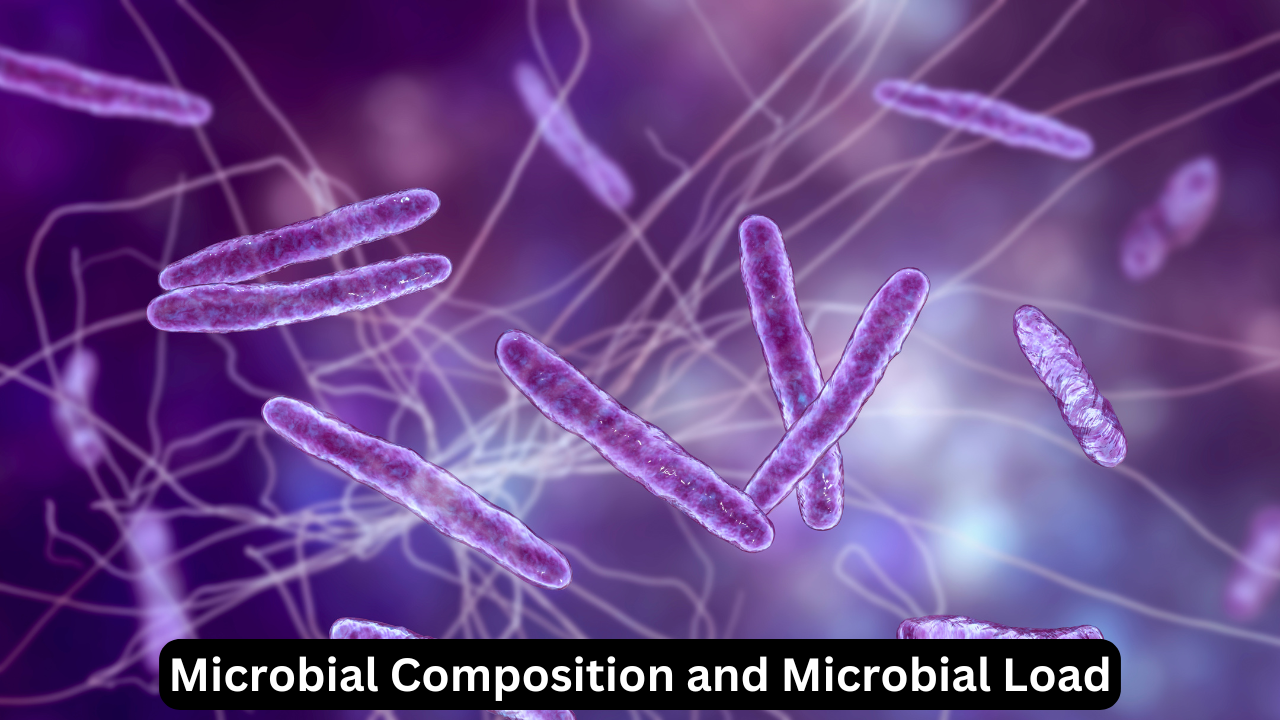The Machine Learning Tool predicts microbial load in gut microbiome studies, offering an efficient and cost-effective method to measure microbial abundance without additional experimental testing.
The human gut is home to billions of microorganisms, a vibrant and complex ecosystem that plays a critical role in overall health. Recent studies have begun to explore how the composition and quantity of these microbes can offer valuable insights into various diseases. A groundbreaking Machine Learning Tool is now enabling researchers to predict microbial load in the gut microbiome, without the need for costly or time-consuming experimental methods. This article delves into how machine learning is revolutionizing gut microbiome studies, focusing on the prediction of microbial load, its implications for disease understanding, and the future applications of this innovative tool.
Understanding Microbial Composition and Microbial Load

Microbes in the human gut are involved in numerous physiological processes, influencing digestion, immune function, and even mental health. The microbial composition refers to the diversity and relative abundance of different species in the gut. For instance, a healthy microbiome may have a balanced ratio of beneficial bacteria to harmful pathogens, which is essential for maintaining optimal health. On the other hand, microbial load refers to the actual number of microbial cells present in a given sample of feces.
While composition provides important clues about which species are present and in what proportions, microbial load adds an extra layer of depth to microbiome research. A Machine Learning Tool can predict microbial load from microbiome composition data, without the need for expensive lab tests. This breakthrough could transform microbiome studies, offering a simpler and more efficient way to measure microbial abundance across large datasets.
The Role of Machine Learning in Predicting Microbial Load
In traditional microbiome research, scientists primarily focus on microbial composition. However, microbial load is just as crucial, as it can affect the microbiome’s behavior and its impact on health. Determining microbial load experimentally, however, is a resource-intensive task that can slow down large-scale research efforts. The development of a Machine Learning Tool that can predict microbial load based on compositional data eliminates this bottleneck.
The approach is relatively simple: the model is trained on existing datasets where both microbial composition and experimentally measured microbial load are available. Once trained, the Machine Learning Tool can estimate microbial load from microbial composition data in new, unseen samples. This means that researchers can predict microbial abundance in the gut without having to perform additional experiments.
How the New Machine Learning Model Works
The new machine learning model, developed by Suguru Nishijima and colleagues at EMBL Heidelberg, was trained using large datasets from projects like GALAXY/MicrobLiver and Metacardis consortia. These datasets, derived from over 3,700 individuals, provided the perfect training material. The goal was to predict microbial load based on microbial composition data, which typically includes information about the proportions of various microbial species present in the gut.
The Machine Learning Tool was first validated using a separate dataset that had not been used during the training phase. Once validated, it was applied to a massive dataset of over 27,000 individuals from 159 studies conducted across 45 countries. The results were remarkable: the machine learning model could predict microbial load with high accuracy, offering a new, cost-effective approach to microbiome research.
Factors Influencing Microbial Load

The Machine Learning Tool revealed several fascinating insights into the factors that influence microbial load in the gut. For example, conditions like diarrhea or constipation can significantly alter the number of microbes in the gut. Diarrhea often leads to a reduction in microbial load, while constipation can increase it. Other factors, such as age, gender, and disease status, also play a role in shaping microbial load.
Women tend to have a higher microbial load than men, possibly due to gender differences in gastrointestinal health, such as a higher prevalence of constipation in women. Additionally, younger individuals typically have a smaller microbial load compared to older adults, possibly due to the aging process or lifestyle factors.
Common Factors Influencing Microbial Load
| Factor | Effect on Microbial Load |
|---|---|
| Diarrhea | Reduces microbial load |
| Constipation | Increases microbial load |
| Age (younger) | Smaller microbial load |
| Age (older) | Larger microbial load |
| Gender (female) | Higher microbial load compared to males |
| Disease | Can significantly alter microbial load |
These findings underscore the importance of including microbial load in microbiome studies, as it can influence disease associations and lead to more accurate results.
Implications for Disease Understanding and Treatment
The ability to predict microbial load has significant implications for understanding the role of the gut microbiome in various diseases. Machine Learning Tool predictions can now help researchers identify how changes in microbial load may contribute to disease onset or progression. For example, the model revealed that many microbial species previously associated with diseases like irritable bowel syndrome (IBS) or inflammatory bowel disease (IBD) might be more strongly linked to variations in microbial load rather than the diseases themselves.
This distinction is crucial because it highlights that microbial load, rather than the disease per se, may be driving changes in the microbiome. Understanding this relationship could open up new avenues for treating gut-related disorders by focusing on microbial load management, rather than just targeting specific microbes.
Why Microbial Load Should Be Considered in Microbiome Research
Traditionally, microbiome studies have focused more on microbial composition. However, as this research demonstrates, microbial load is just as important and should be considered when studying the gut microbiome. The new Machine Learning Tool allows researchers to account for this critical metric without the need for additional experimental measurements. This ensures that microbiome association studies are more robust, helping to avoid both false positives and false negatives in disease associations.
The inclusion of microbial load in microbiome research could reshape our understanding of gut health and its relationship to diseases. It could also lead to more personalized approaches to treating conditions like obesity, diabetes, and even mental health disorders.
The Future of Microbiome Studies and Machine Learning

The introduction of a Machine Learning Tool to predict microbial load is just the beginning. This model has the potential to be applied not only to gut microbiome research but also to microbiome studies in other environments, such as oceans, soils, and rivers. Understanding the microbial load in these ecosystems could provide valuable insights into environmental health and sustainability.
Moreover, the tool’s open-access nature means that researchers worldwide can test and refine it. This collaborative approach will likely accelerate the pace of discovery and help establish microbial load as a key metric in microbiome research across diverse fields.
Conclusion
The use of a Machine Learning Tool to predict microbial load in gut microbiome studies is a revolutionary step forward. It simplifies the research process, making it easier and more cost-effective for scientists to study microbial abundance in the gut. With applications ranging from disease understanding to environmental microbiome studies, this tool holds immense promise. As researchers continue to refine and expand its capabilities, we can expect significant advances in the way we study and manipulate microbiomes for better health outcomes.
FAQs
1. What is microbial load, and why is it important in microbiome studies?
Microbial load refers to the total number of microbial cells present in the gut, and it is important because it can influence the behavior of the microbiome and its impact on health, offering insights into disease mechanisms.
2. How does the Machine Learning Tool predict microbial load?
The tool uses large datasets of microbial composition and experimentally measured microbial load to train a machine learning model. This model then estimates microbial load based on microbial composition data in new samples.
3. Can microbial load influence the development of diseases?
Yes, changes in microbial load can contribute to the development or progression of diseases, especially gut-related conditions like IBS and IBD.
4. How does age affect microbial load in the gut?
Younger individuals generally have a smaller microbial load, while older adults often have a larger microbial load due to changes in lifestyle, aging, and health status.
5. Is the Machine Learning Tool available for other researchers to use?
Yes, the tool is freely available to researchers worldwide, enabling them to test and use it for their microbiome studies.
By integrating the Machine Learning Tool into microbiome research, we are now better equipped to explore the complex interactions between microbial load, health, and disease. This model holds the potential to transform how we study and treat gut-related disorders in the future. Please follow out blog Technoloyorbit.



